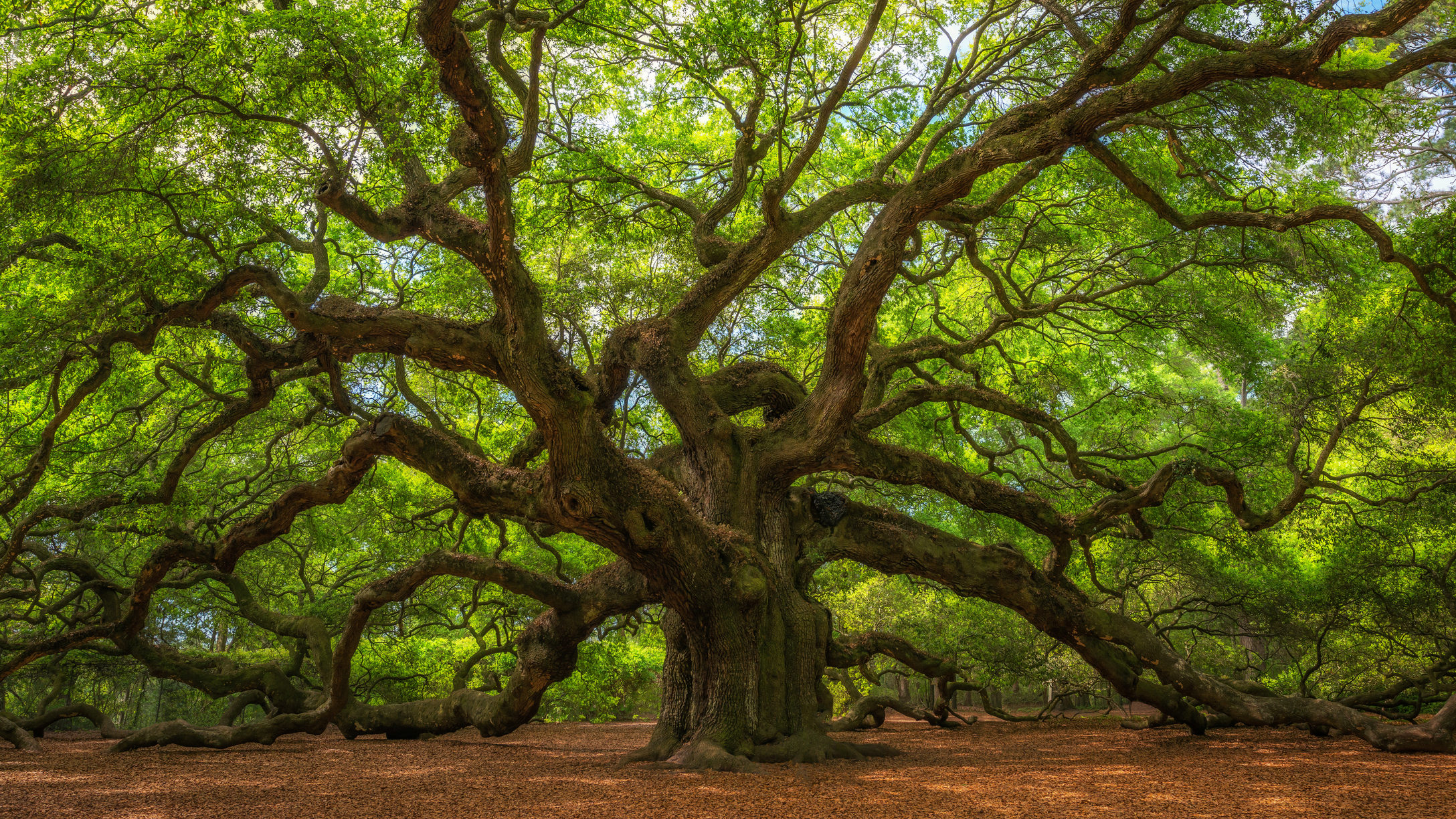
Prabhupād’s ‘Introduction’ to his translation and commentary of Bhagavad-gītā, first published in 1972, is a quiet introduction to Bhakti, to the theory and practice of loving devotion.
Bhagavad-gītā is widely understood both as a masterpiece of Vedic culture and a handbook for Vaishnavism. This has been made clear by countless commentators. But Prabhupād’s ‘Introduction’ and commentary reveals it as much more. In Prabhupād’s reading, Bhagavad-gītā unfolds as an introduction to the eternal truths of Gaudia Vaishanvism, as a pre-history to the life of Caitanya Mahaprabhu who appeared in 1486, and as a key to the understanding of God as prema, as the embodiment of divine loving devotion, in the eternal form of Rādhāmohan.
Continue reading
